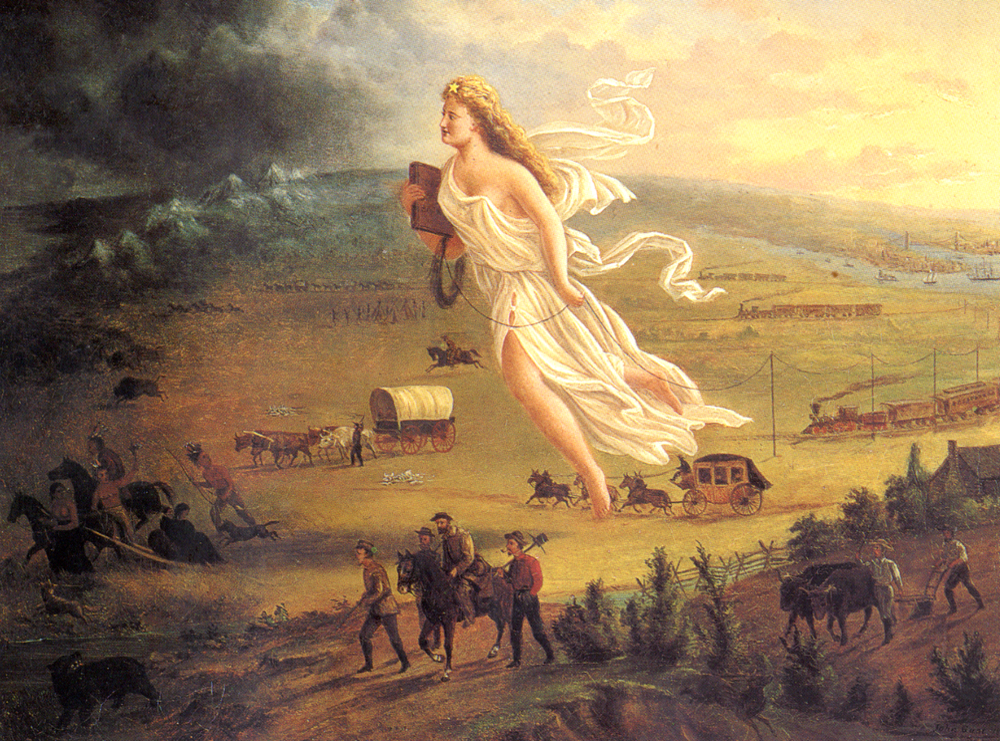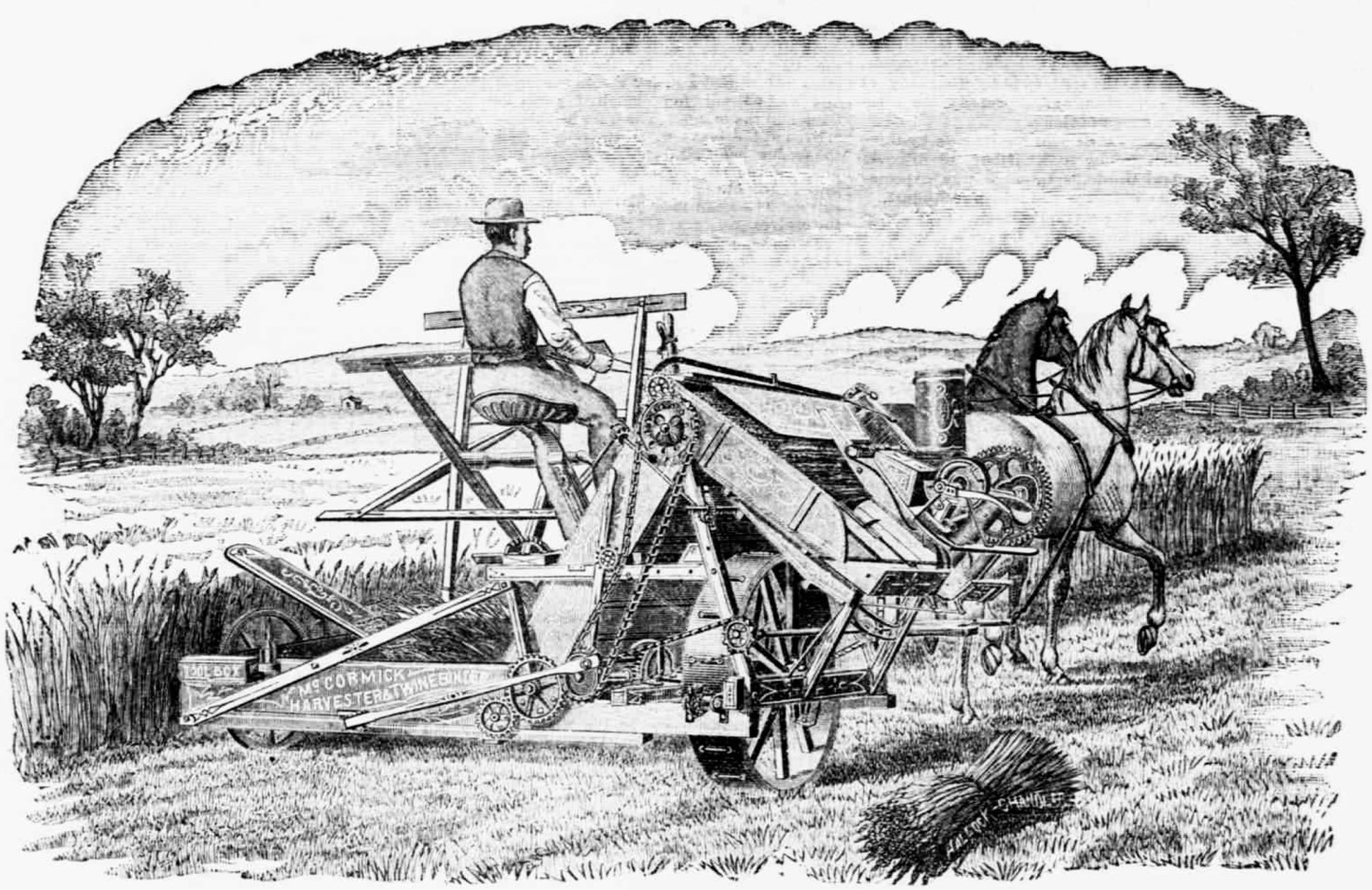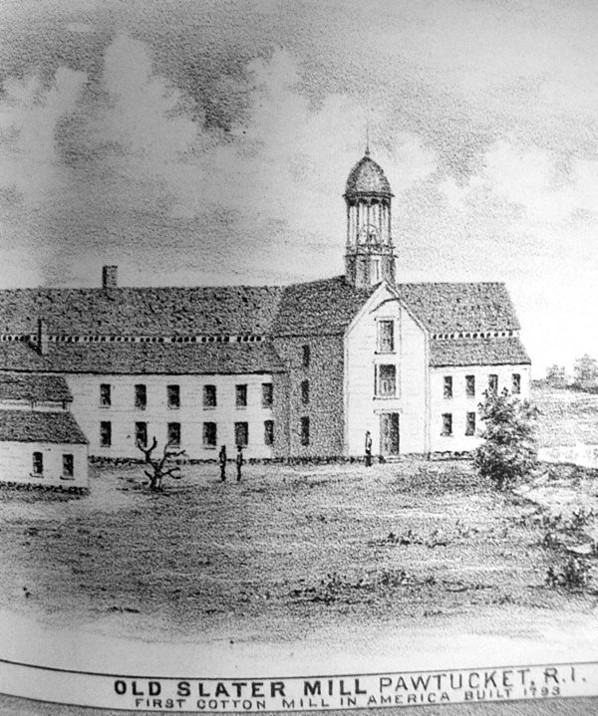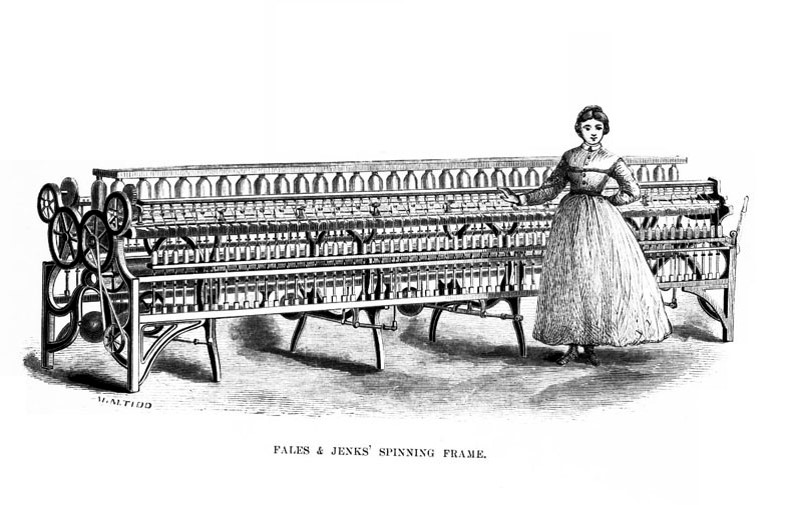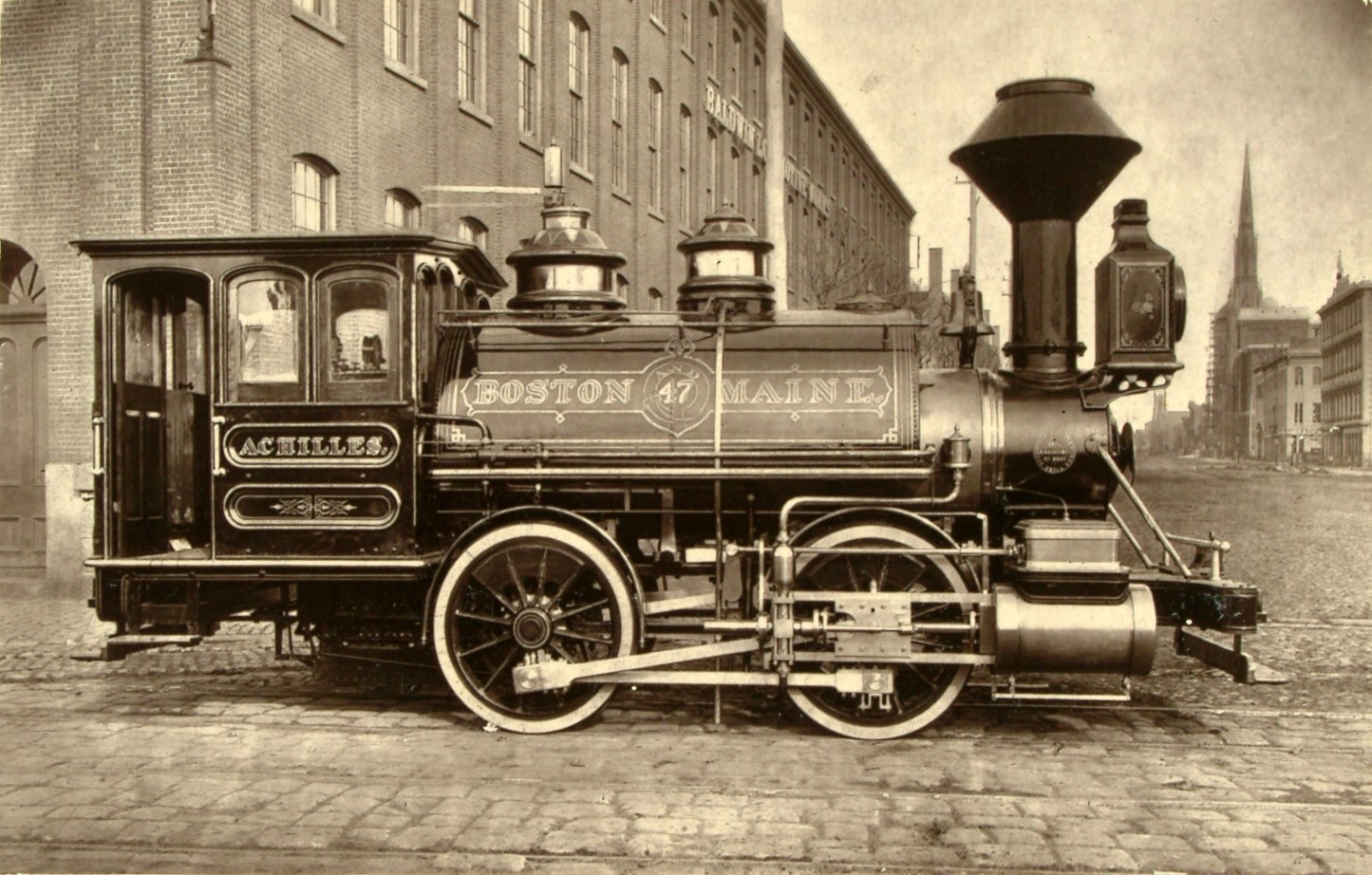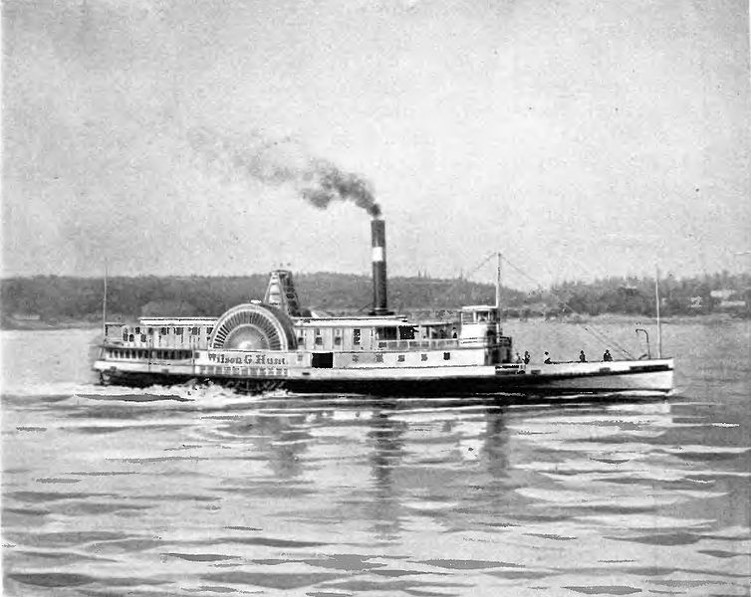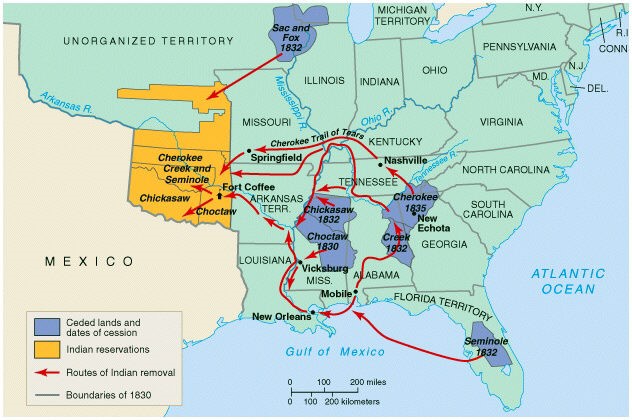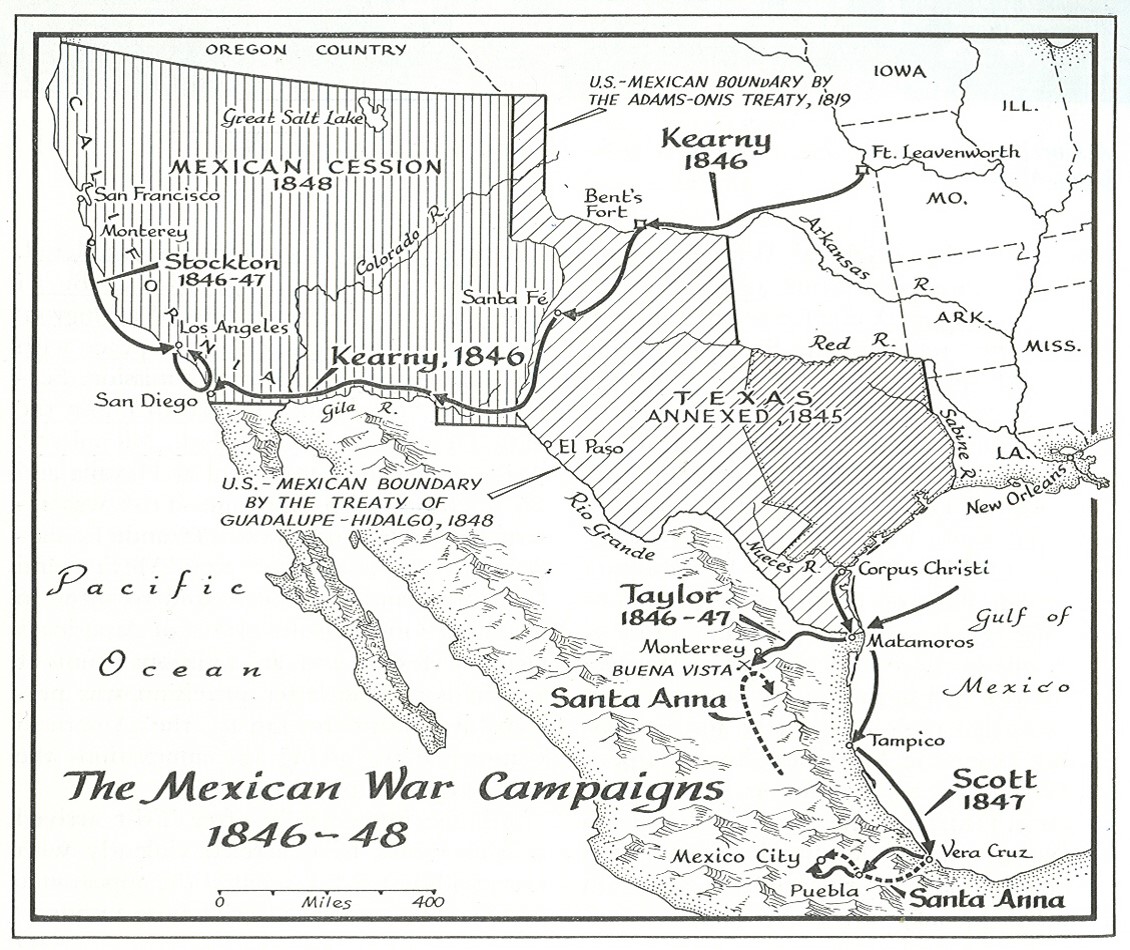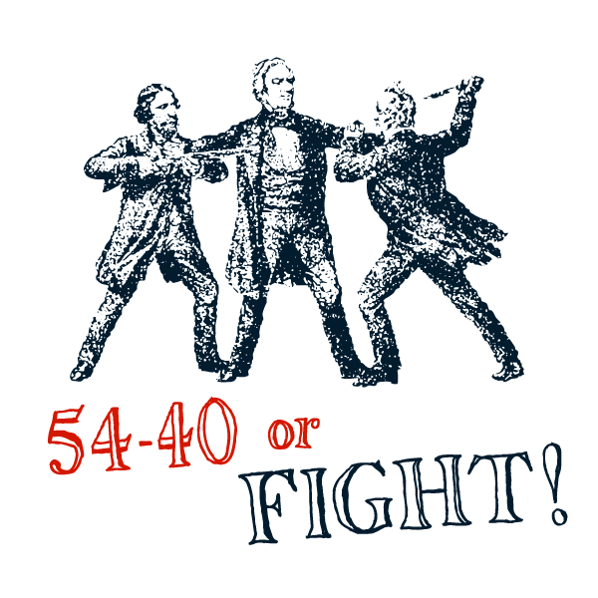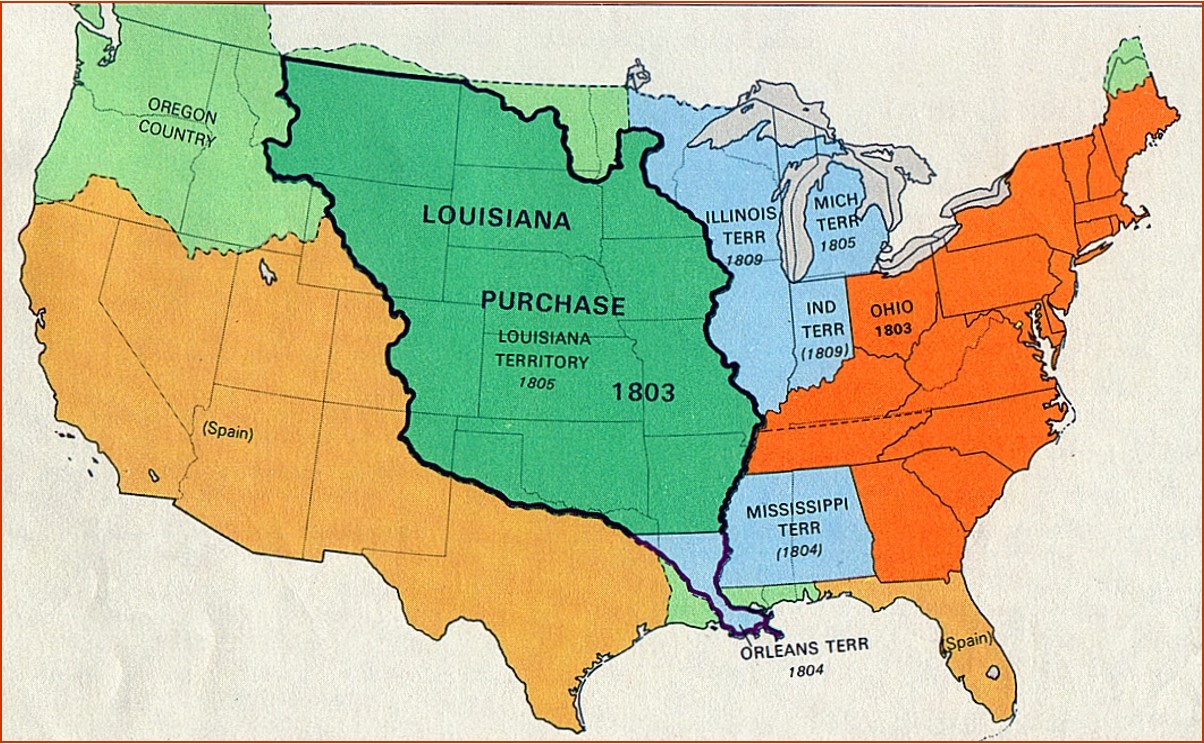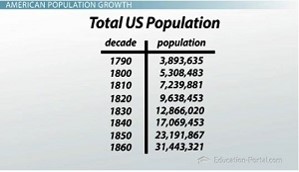Welcome to the 19th century! We have covered 3 centuries of US History thus far, only 2 more to go. In the 19th century many US cultural elements start to take form as Nationalist cultural forms are created in architecture, literature, art and even ideology (Manifest Destiny anyone?). The United States also becomes more democratic, only for white men at this point though . . . Economic relationships are transformed by the Market Revolution, in a precursor to even greater change after the Civil War. Speaking of the Civil War, this time period also sees the great deepening of sectional tension between the North and the South over many issues. Those issues are slavery, slavery and finally, slavery. Brace yourselves, a Civil War is coming, but for now lets focus on what some historians call the age of Jefferson and Jackson . . .
Unit IV Key Concepts
Key Concept 4.1: The United States began to develop a modern democracy and celebrated a new national culture, while Americans sought to define the nation's democratic ideals and change their society and institutions to match them.
I. The nation's transition to a more participatory democracy was achieved by expanding suffrage from a system based on property ownership to one based on voting by all adult white men, and it was accompanied by the growth of political parties.
A. In the early 1800's, national political parties continued to debate issues such as the tariff, powers of the federal government, and relations with European powers.
B. Supreme Court decisions established the primacy of the judiciary in determining the meaning of the Constitution and asserted that federal laws took precedence over state laws.
C. By the 1820's and 30's, new political parties arose -- the Democrats led by Andrew Jackson, and the Whigs , led by Henry Clay -- that disagreed about the role and powers of the federal government and issues such as the national bank, tariffs and federally funded internal improvements.
D. Regional interests often trumped national concerns as the basis for many political leaders' positions on slavery and economic policy.
II. While Americans embraced a new national culture, various groups developed distinctive cultures of their own.
A. The rise of democratic and individualistic beliefs, a response to rationalism, and changes to society caused by the market revolution, along with greater social and geographic mobility, contributed to a Second Great Awakening among Protestants that influenced moral and social reforms and inspired utopian and other religious movements.
B. A new national culture emerged that combined American elements, European influences, and regional cultural sensibilities.
C. Liberal social ideas from abroad and Romantic beliefs in human perfectability influenced literature, art, philosophy, and architecture.
D. Enslaved blacks and free African Americans created communities and strategies to protect their dignity and family structures, and they joined political efforts aimed at changing their status.
III. Increasing numbers of Americans, many inspired by new religious and intellectual movements, worked primarily outside of government institutions to advance their ideals.
A. Americans formed new voluntary organizations that aimed to change individual behaviors and improve society through temperance and other reform movements.
B. Abolitionist and antislavery movements gradually achieved emancipation in the North, contributing to the growth of the free African American population, even as many state governments restricted African American's rights. Antislavery efforts in the South were largely limited to unsuccessful slave rebellions.
C. A women's rights movement sought to create greater equality and opportunities for women, expressing its ideals at the Seneca Falls Convention.
Key Concept 4.2 -- Innovations in technology and commerce powerfully accelerated the American economy, precipitating profound changes to US society and to national and regional identities.
I. New transportation systems and technologies dramatically expanded manufacturing and agricultural production.
A. Entrepreneurs helped to create a market revolution in production and commerce, in which market relationships between producers and consumers came to prevail as the manufacture of goods became more organized.
B. Innovations including textile machinery, steam engines, interchangeable parts, the telegraph, and agricultural inventions increased the efficiency of production methods.
C. Legislation and judicial systems supported the development of roads, canals and railroads, which extended and enlarged markets and helped foster regional interdependence. Transportation networks linked the North and Midwest more closely than either was linked to the South.
II. The changes caused by the market revolution had significant effects on US society, workers' lives, and gender and family relations.
A. Increasing numbers of Americans, especially women and men working in factories, no longer relied on semisubsistence agriculture; instead they supported themselves producing goods for distant markets
B. The growth of manufacturing drove a significant increase in prosperity and standards of living for some; this led to the emergence of a larger middle class and a small but wealthy business elite but also to a large and growing population of laboring poor.
C. Gender and family roles changed in response to the market revolution, particularly with the growth of definitions of domestic ideals that emphasized the separation of public and private spheres.
III. Economic development shaped settlement and trade patterns, helping to unify the nation while also encouraging the growth of different regions.
A. Large numbers of international migrants moved to industrializing northern cities, while many Americans moved west of the Appalachians, developing thriving new communities along the Ohio and Mississippi rivers.
B. Increasing Southern cotton production and the related growth of Northern manufacturing, banking, and shipping industries promoted the development of national and international commercial ties.
C. Southern business leaders continued to rely on the production and export of traditional agricultural staples, contributing to the growth of a distinctive Southern regional identity.
D. Plans to further unify the US economy, such as the American System, generated debates over whether such policies would benefit agriculture or industry, potentially favoring different sections of the country.
Key Concept 4.3 -- The US interest in increasing foreign trade and expanding its national borders shaped the nations foreign policy and spurred government and private initiatives.
I. Struggling to create an independent global presence, The United States sought to claim territory throughout the North American continent and promote foreign trade.
A. Following the Louisiana Purchase, The United States government sought influence and control over North America and the Western Hemisphere through a variety of means, including exploration, military actions, American Indian removal, and diplomatic efforts such as the Monroe Doctrine.
B. Frontier settlers tended to champion expansion efforts, while American Indian resistance led to a sequence of wars and federal efforts to control and relocate American Indian populations.
II. The United States acquisition of lands in the West gave rise to contests over the extension of slavery into new territories.
A. As overcultivation depleted arable lands in the Southeast, slaveholders began relocating their plantations to more fertile lands west of the Appalachians, where the institution of slavery continued to grow.
B. Antislavery efforts increased in the North, while in the South, although the majority of Southerners owned no slaves, most leaders argued that slavery was part of the Southern way of life.
C. Congressional attempts at political compromise, such as the Missouri Compromise, only temporarily stemmed growing tensions between opponents and defenders of slavery.
Unit IV in Maps
US Expansionism (1789-1854)
US Urban areas 1820 vs 1860
Industry and Agriculture in the US (ca 1860)
Early 1800's Native Removals
Property Qualifications to Vote (1800-1860)
Missouri Compromise or Compromise of 1820
Videos and Links
The Following sites and materials are useful in reviewing the content of this unit
AP Notes -- American Pageant Textbook Summaries
Click HERE to link to the textbook summary page
Gilder Lehrman AP US History
The Gilder Lehrman site offers review videos, key concepts and an interactive timeline of the era. It also contains study guides and sample essays from key topics in the time period. Visit the Gilder Lehrman AP US History Unit IV website HERE

